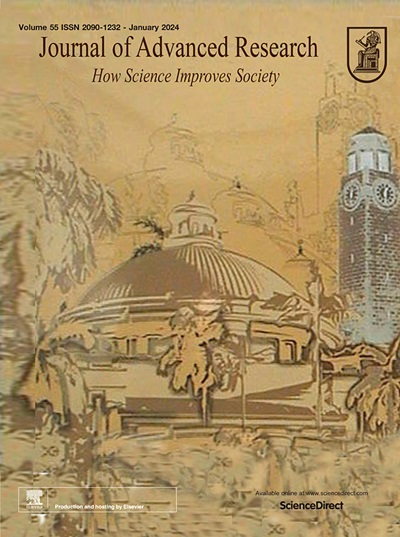MG53 protects against septic cardiac dysfunction by ubiquitinating ATF2
IF 11.4
1区 综合性期刊
Q1 MULTIDISCIPLINARY SCIENCES
引用次数: 0
Abstract
Introduction
Septic cardiac dysfunction (SCD) is the most common complication of sepsis, which has become the primary cause of death in intensive care units. The muscle-specific protein mitsugumin-53 (MG53) has been identified to protect cell integrity as a “Molecular Band-Aid”.Objectives
The recombinant human MG53 (rhMG53) pretreatment has been reported to prevent cardiac function damage caused by cecal ligation and puncture (CLP). However, whether or not MG53 protects against SCD remains to be further clarified.Methods
C57BL/6J mice were intraperitoneally injected with lipopolysaccharide (LPS) to generate the SCD model. MG53 was overexpressed by intravenously injected adeno-associated virus, and the rhMG53 was administrated intraperitoneally. The cardiac function was evaluated by echocardiography, and the cardiac inflammation was assessed through ELISA and Western blot. The mechanisms of MG53 were studied by quantitative real-time PCR (qPCR) and co-immunoprecipitation (co-IP).Results
Our present study found that MG53 expression was lower in hearts from SCD mice than controls. Overexpression or exogenous MG53 treatment alleviated cardiac dysfunction, improved survival rate in SCD mice, accompanied with improved pathological changes, reduced cardiomyocyte apoptosis, and lowered inflammatory factor levels in serum or hearts. Mechanistically, MG53 inhibited TLR4 transcriptional activity by ubiquitinating ATF2, an essential transcriptional factor for TLR4, which ultimately reduced the expression of TLR4.Conclusion
MG53 protect the cardiac function against sepsis by down-regulation of TLR4 expression, via ubiquitination of ATF2, a TLR4 transcriptional factor, which might be a promising therapeutic approach for septic cardiac dysfunction.

求助全文
约1分钟内获得全文
求助全文
来源期刊

Journal of Advanced Research
Multidisciplinary-Multidisciplinary
CiteScore
21.60
自引率
0.90%
发文量
280
审稿时长
12 weeks
期刊介绍:
Journal of Advanced Research (J. Adv. Res.) is an applied/natural sciences, peer-reviewed journal that focuses on interdisciplinary research. The journal aims to contribute to applied research and knowledge worldwide through the publication of original and high-quality research articles in the fields of Medicine, Pharmaceutical Sciences, Dentistry, Physical Therapy, Veterinary Medicine, and Basic and Biological Sciences.
The following abstracting and indexing services cover the Journal of Advanced Research: PubMed/Medline, Essential Science Indicators, Web of Science, Scopus, PubMed Central, PubMed, Science Citation Index Expanded, Directory of Open Access Journals (DOAJ), and INSPEC.
 求助内容:
求助内容: 应助结果提醒方式:
应助结果提醒方式:


